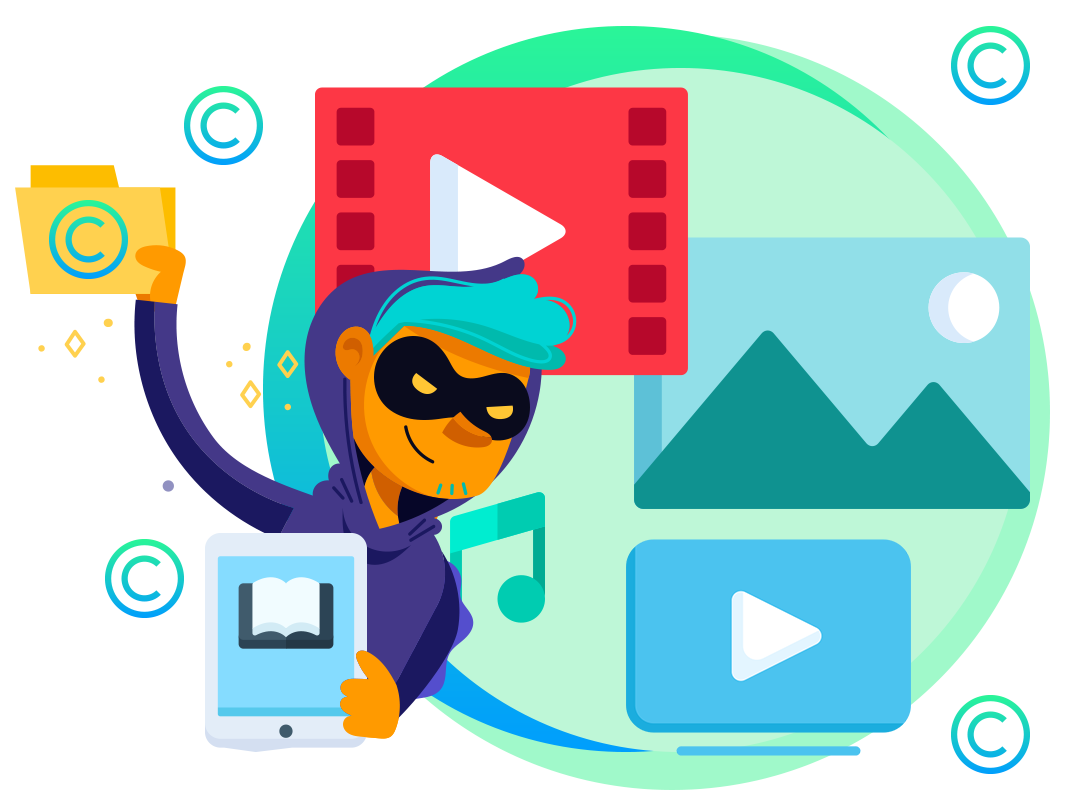Unmasking the Threat: The Impact of Digital Piracy on the Media Industry

In the ever-evolving landscape of the digital era, the media industry has faced an escalating challenge – the relentless wave of digital piracy. As technology advances, so does the sophistication of piracy methods, leaving an indelible mark on content creators, distributors, and consumers alike.
The Digital Piracy Dilemma
Digital piracy, the unauthorized distribution of copyrighted material, poses a multifaceted threat to the media industry. From music and movies to books and software, no sector is immune to the far-reaching consequences of this illicit activity.
1. Revenue Erosion
One of the most immediate and profound impacts of digital piracy is the erosion of revenue streams for content creators and distributors. As pirated copies circulate freely, legitimate sales and subscriptions decline, directly affecting the financial viability of media businesses.
2. Stifling Innovation
Piracy can stifle innovation within the industry. When content creators see their hard work devalued by piracy, the incentive to invest in groundbreaking projects diminishes. This, in turn, hampers the industry’s ability to push boundaries and explore new creative frontiers.
The Ripple Effect
The consequences of digital piracy extend beyond mere financial losses. The intricate web of impacts touches various stakeholders in the media ecosystem:
1. Job Insecurity
As revenues decline, media companies may be forced to make difficult decisions, leading to job cuts and downsizing. This not only affects employees directly but also creates an atmosphere of uncertainty and risk within the industry.
2. Quality Compromise
With diminished resources, content creators may find it challenging to allocate funds to produce high-quality content. This compromises the overall standard of media output, ultimately impacting consumer satisfaction.
Combating Digital Piracy
The fight against digital piracy requires a united front from industry stakeholders, policymakers, and consumers. Embracing technological solutions, implementing robust anti-piracy measures, and fostering a culture of respect for intellectual property are pivotal in curbing the negative impacts.
1. Technological Solutions
Investing in state-of-the-art content protection technologies, such as watermarking and encryption, is crucial in deterring piracy. These measures fortify content against unauthorised distribution and ensure that creators receive due credit.
2. Legislative Support
Effective legislation plays a pivotal role in the battle against digital piracy. Governments and international bodies must enact and enforce stringent laws to deter pirates and protect the rights of content creators.
3. Consumer Education
Raising awareness among consumers about the repercussions of piracy is equally important. Educating the public on the value of intellectual property fosters a culture of respect and responsibility, discouraging participation in illegal distribution.
Conclusion
The impact of digital piracy on the media industry is profound and far-reaching. As we navigate the digital landscape, prioritizing content protection becomes not only a legal necessity but a moral imperative. By collectively addressing the root causes and embracing comprehensive solutions, we can foster an environment where innovation thrives, quality prevails, and the media industry remains a vibrant force in the digital era.

